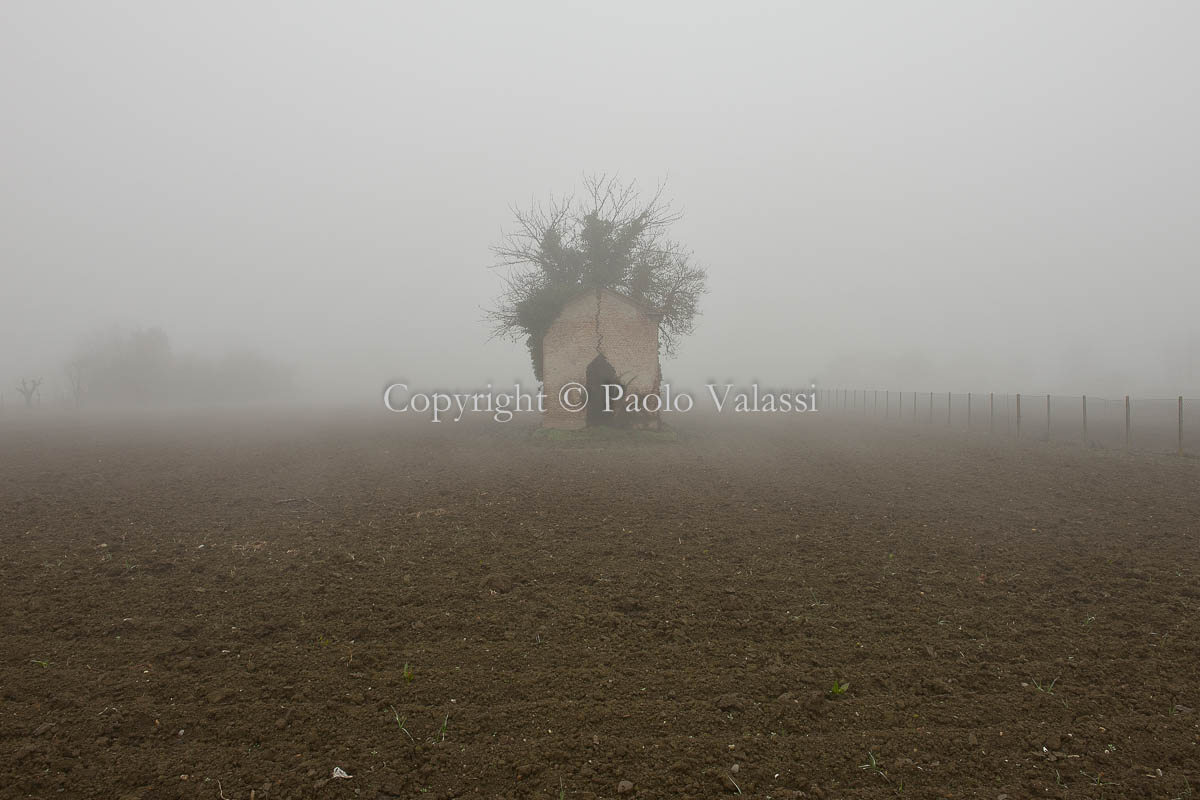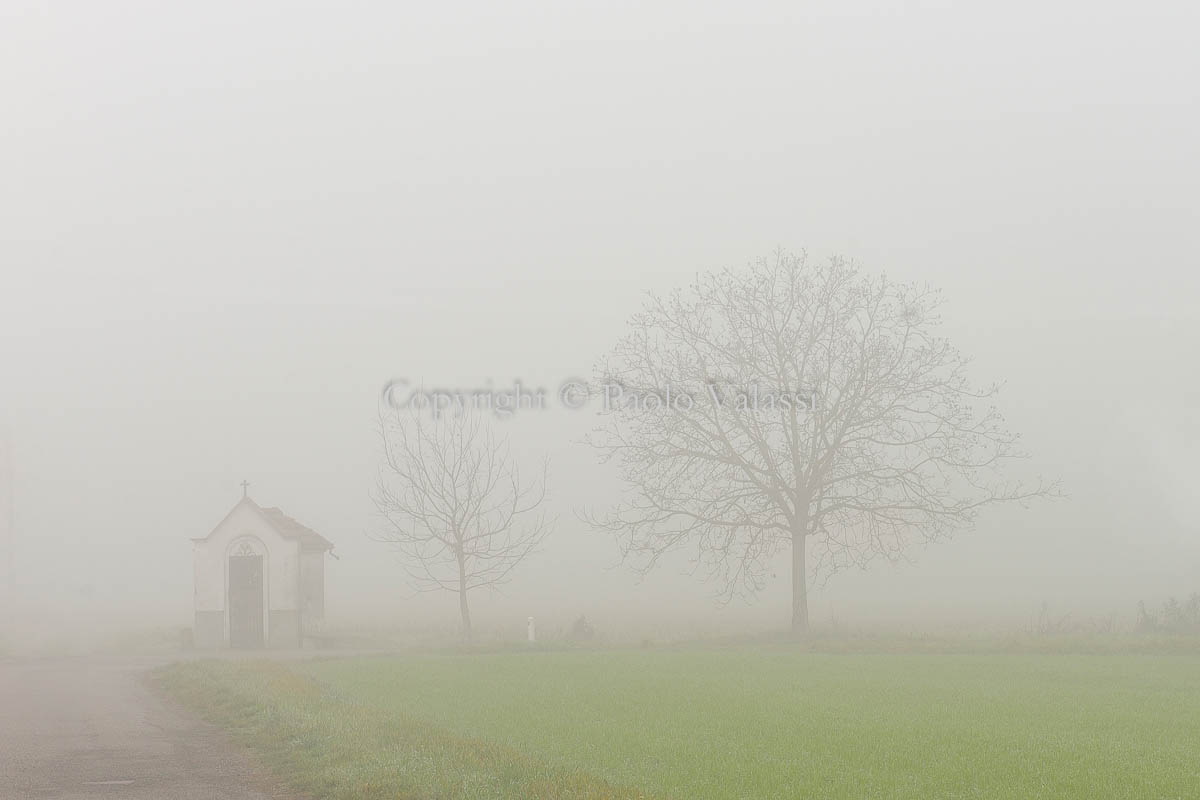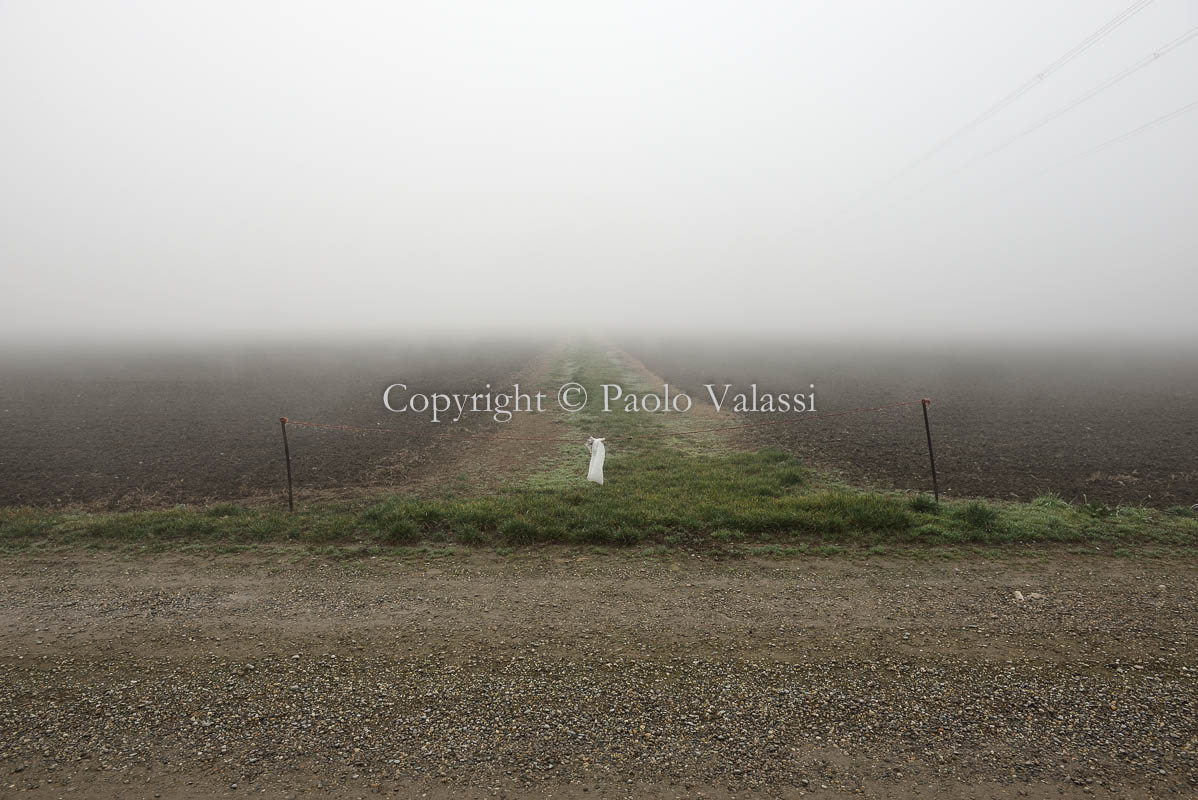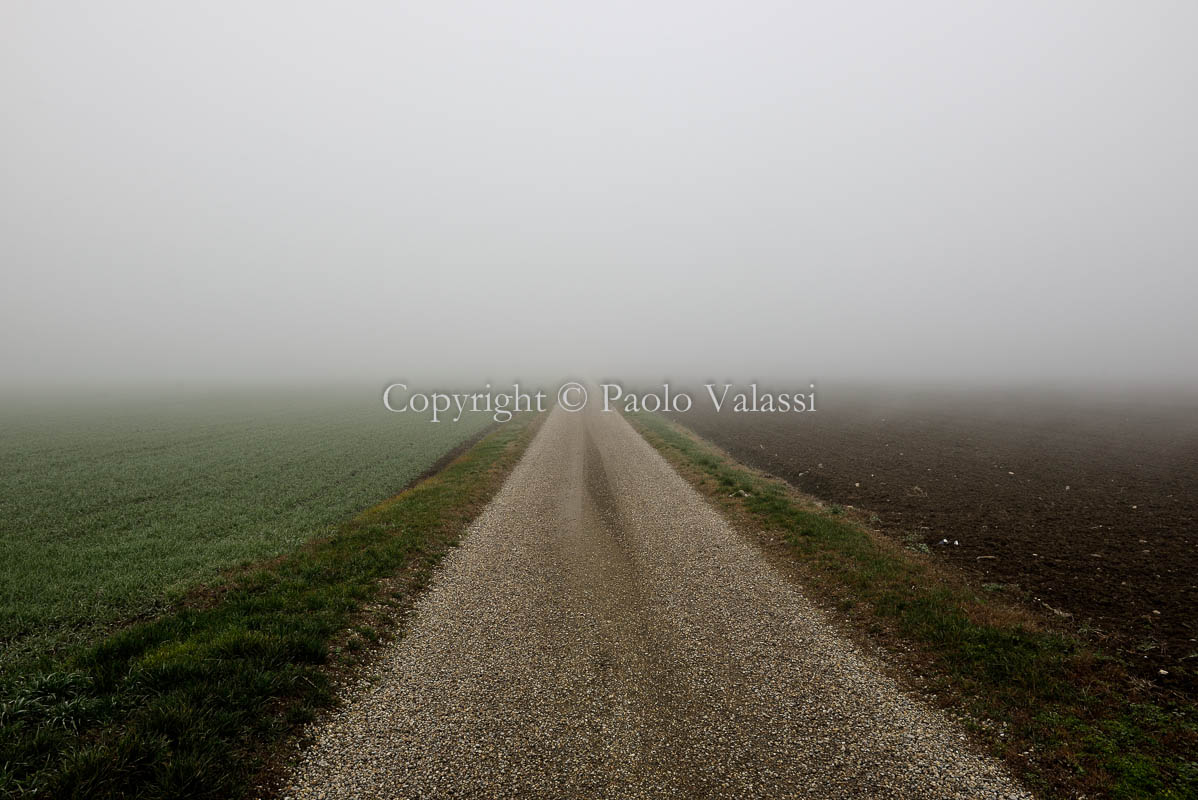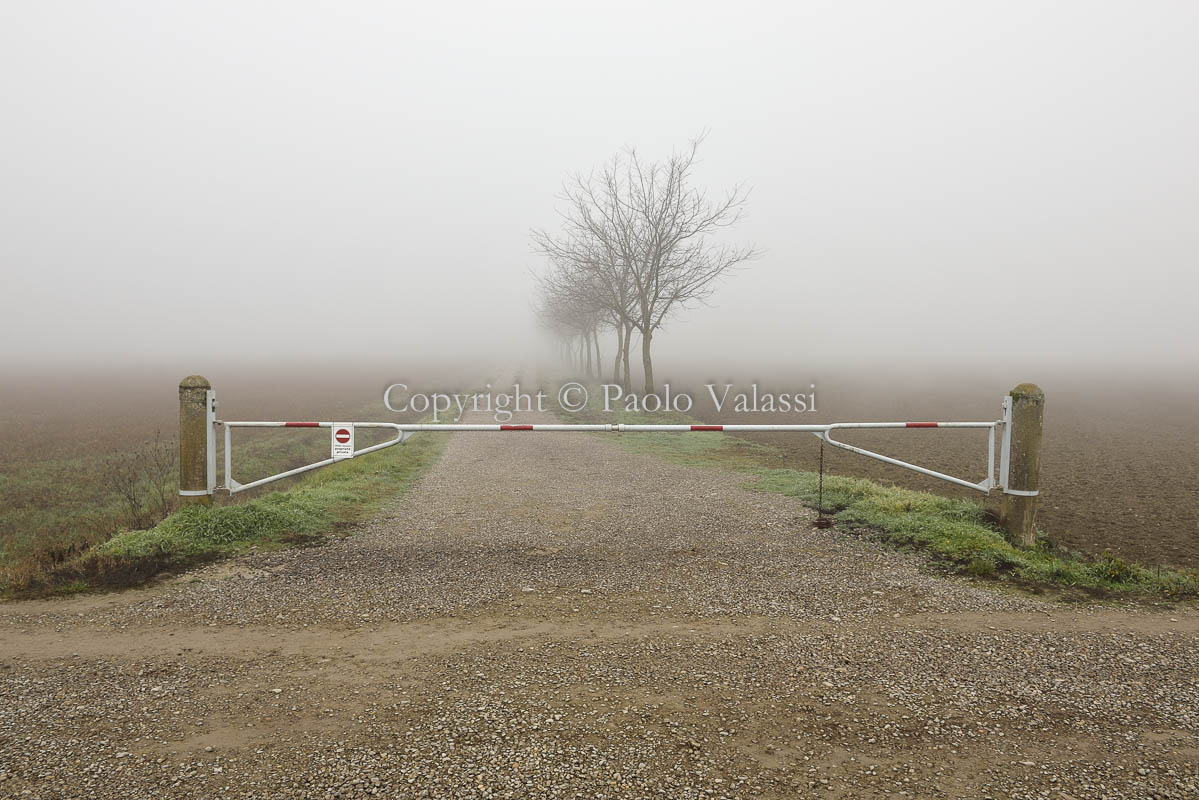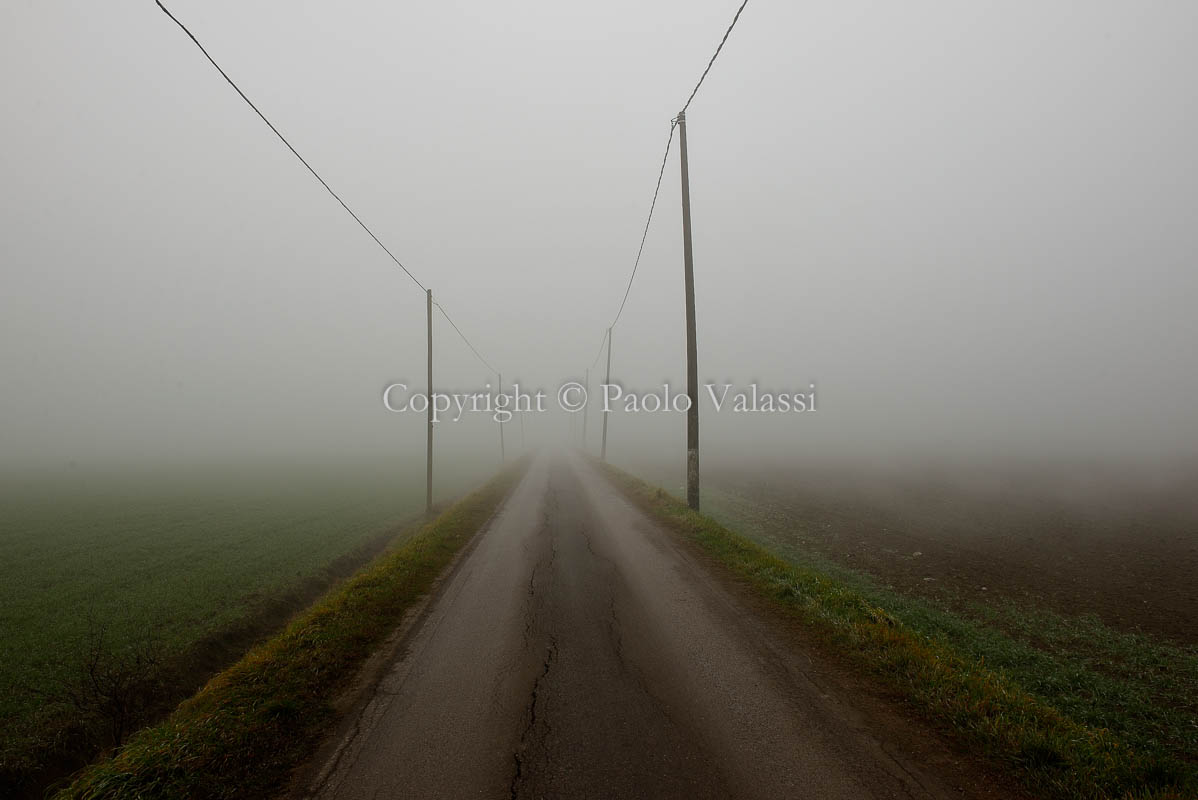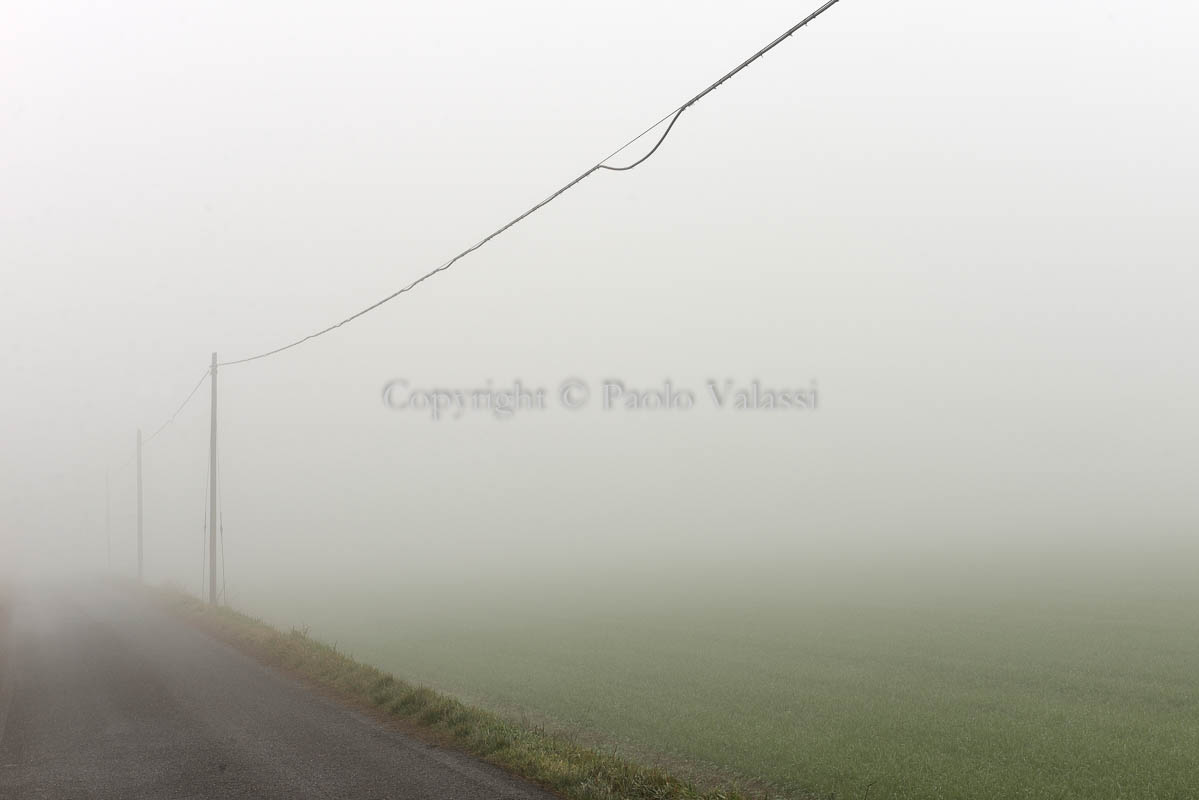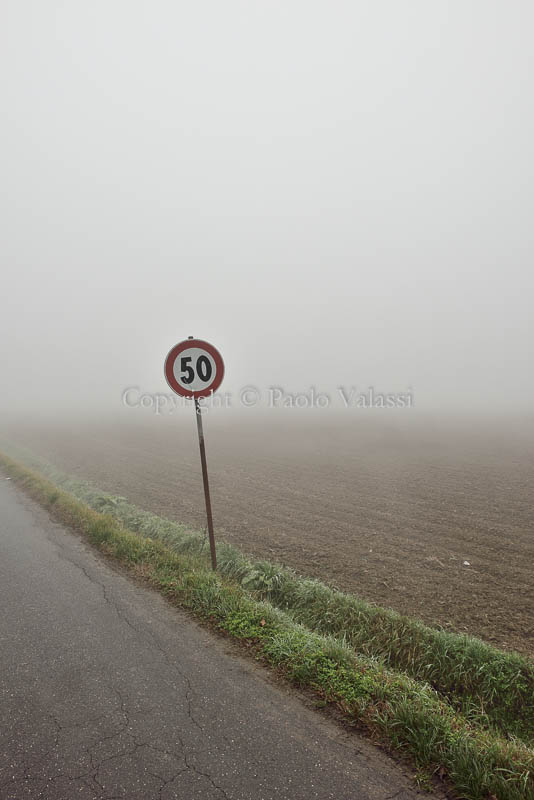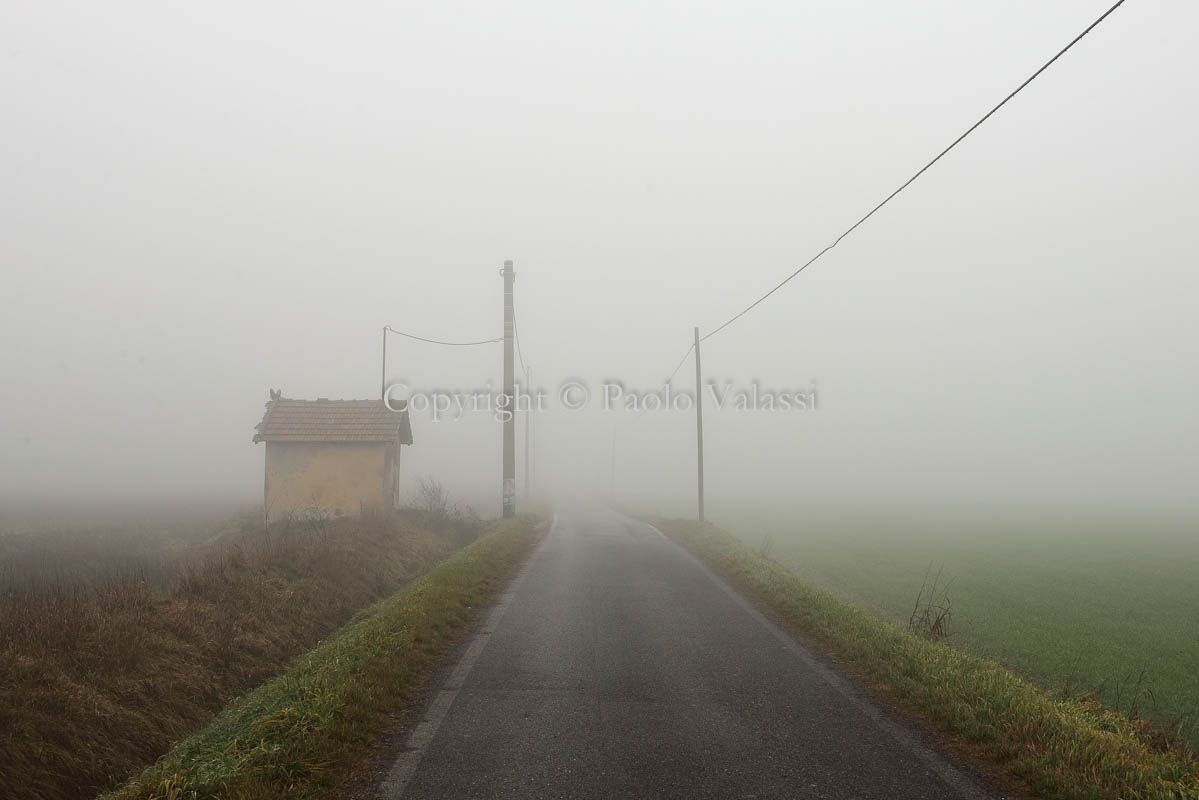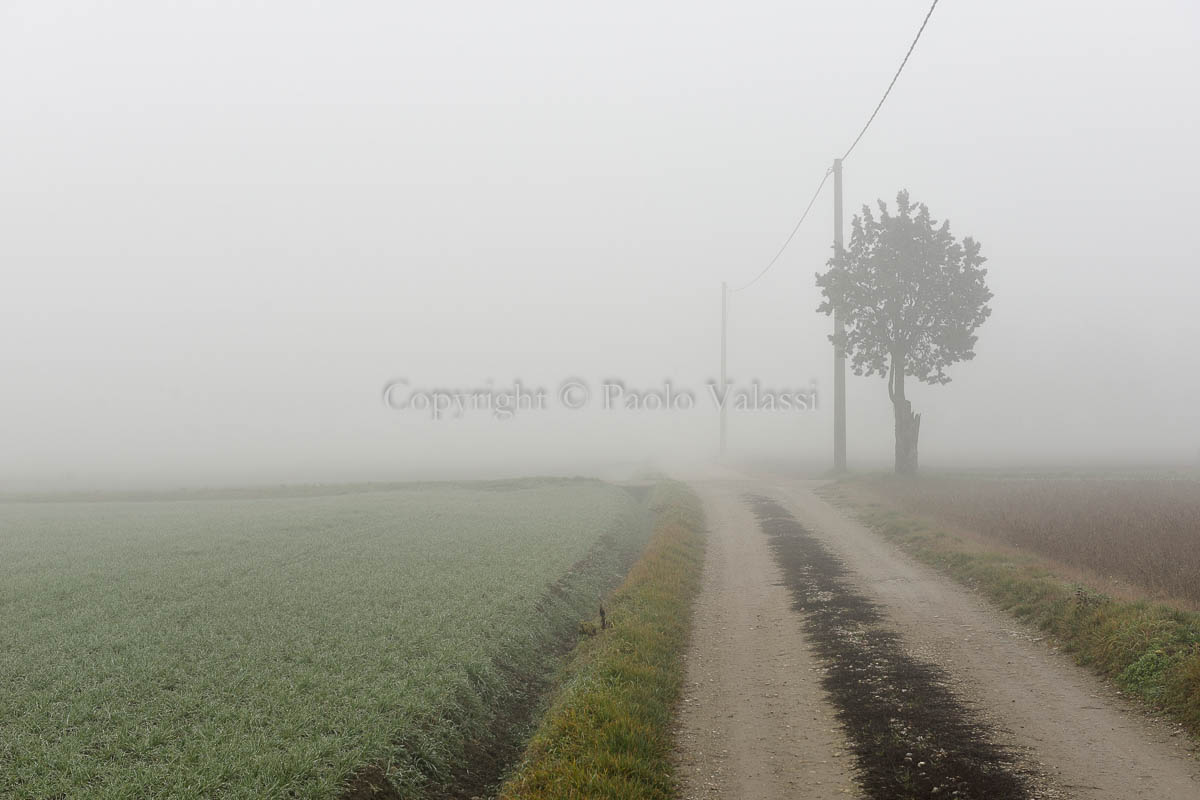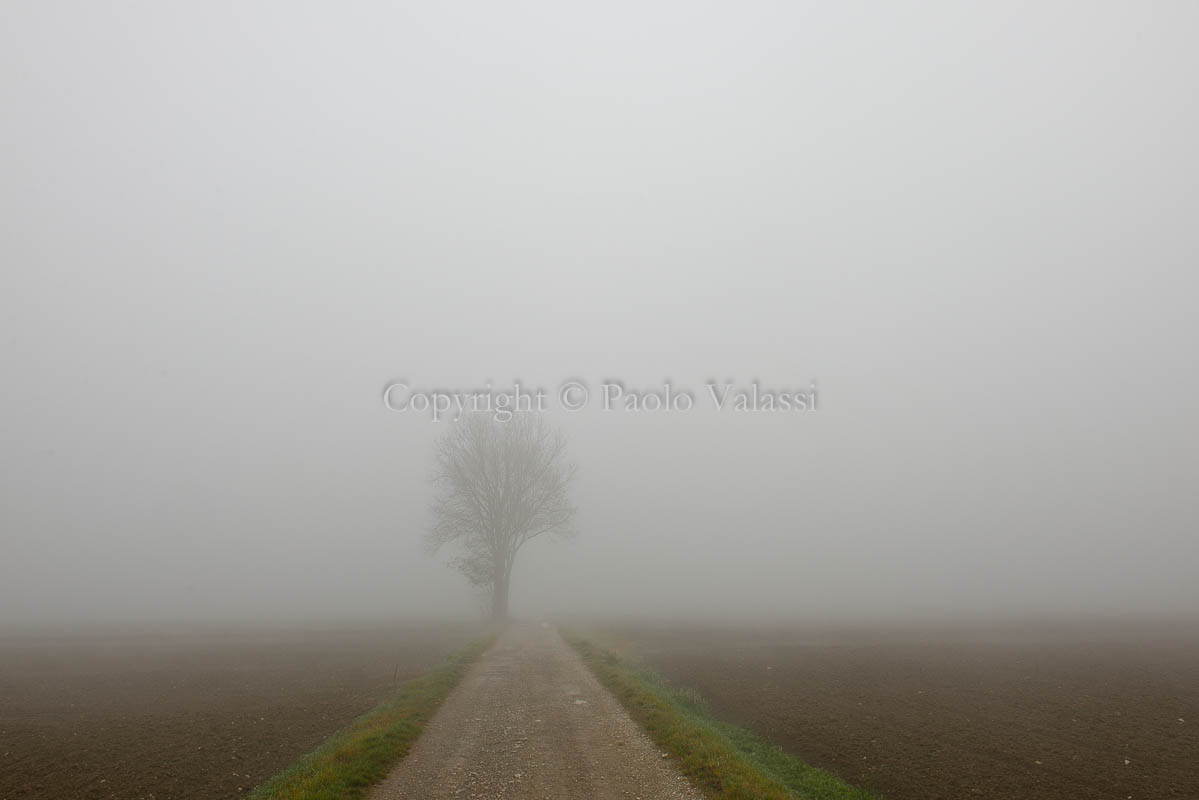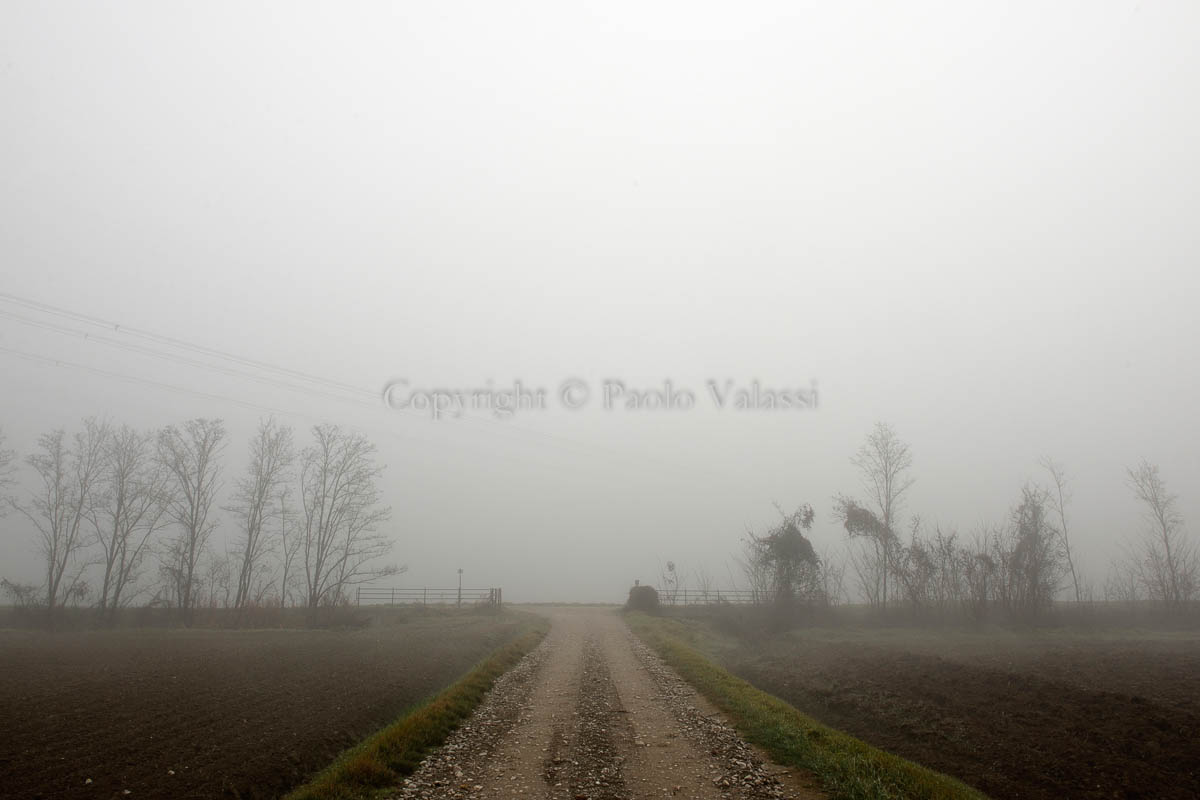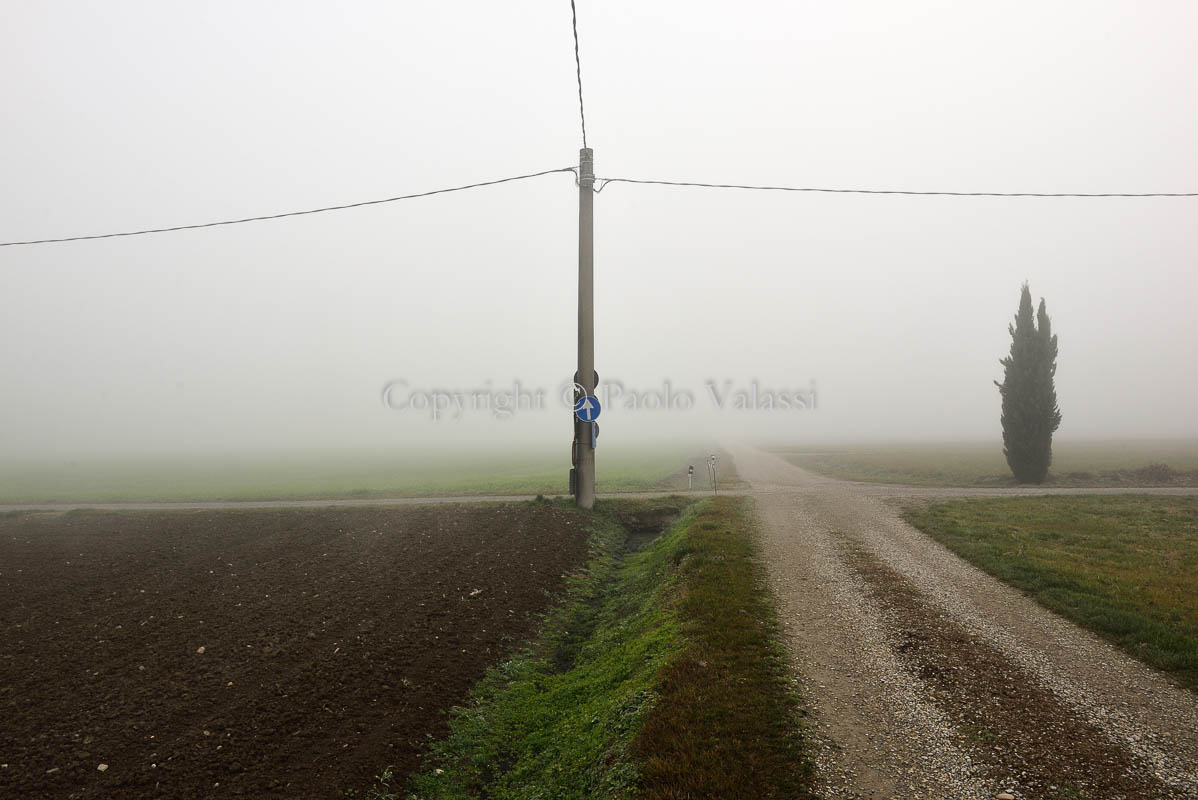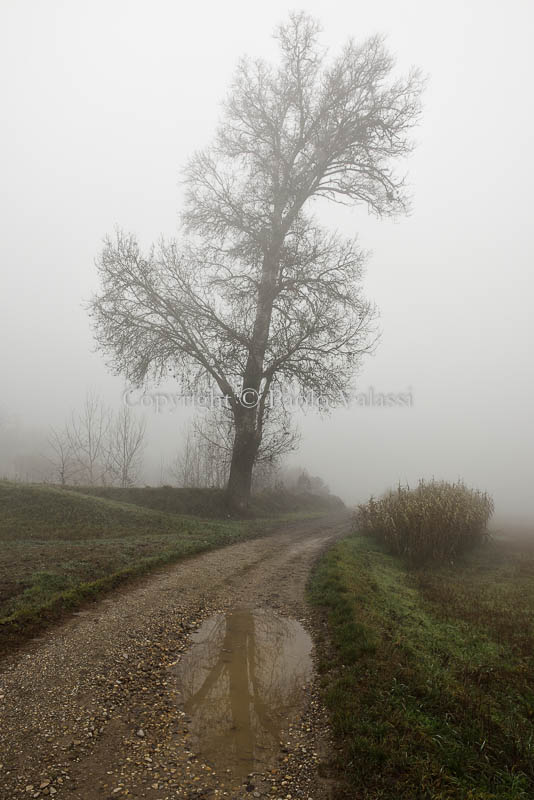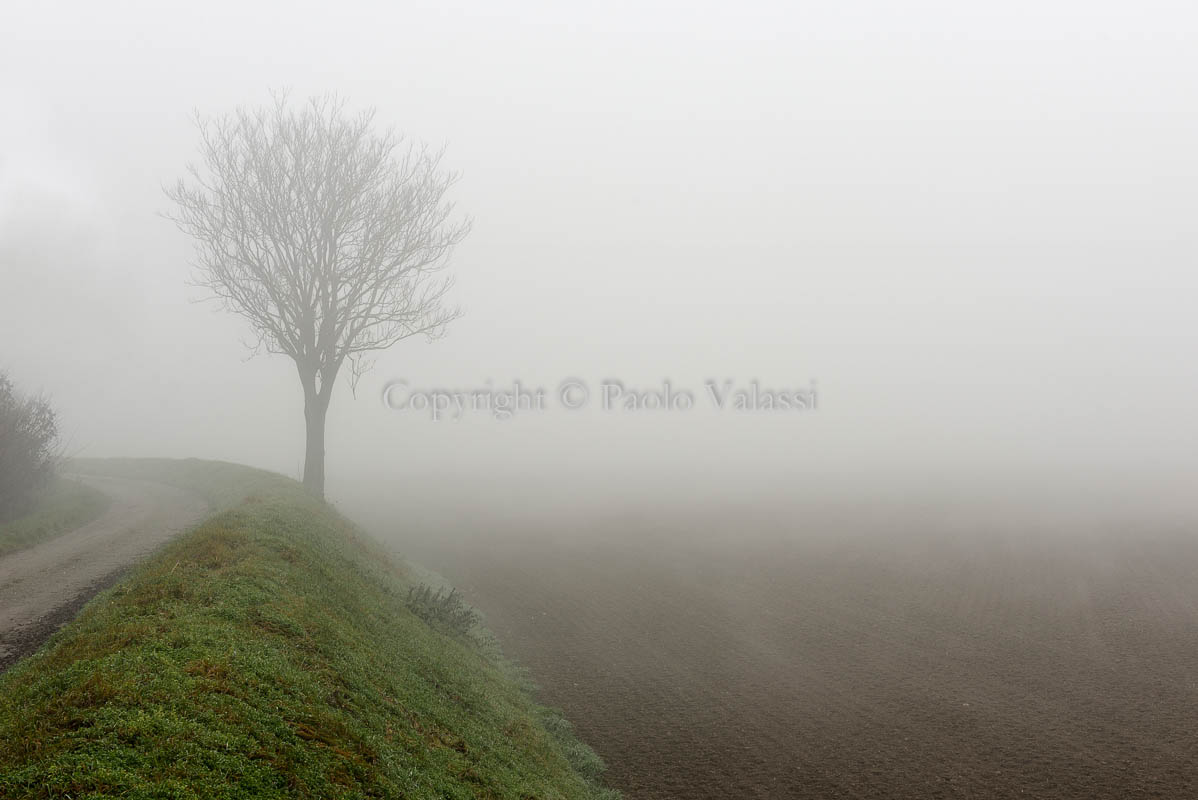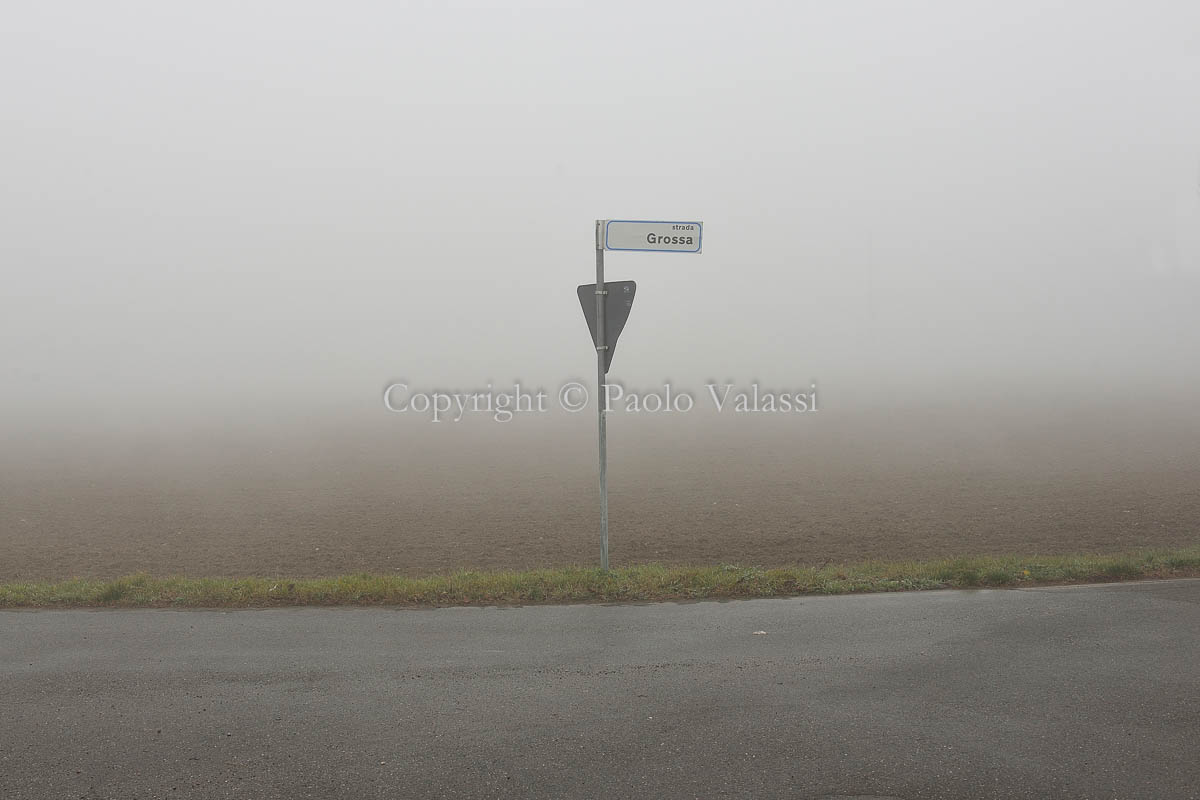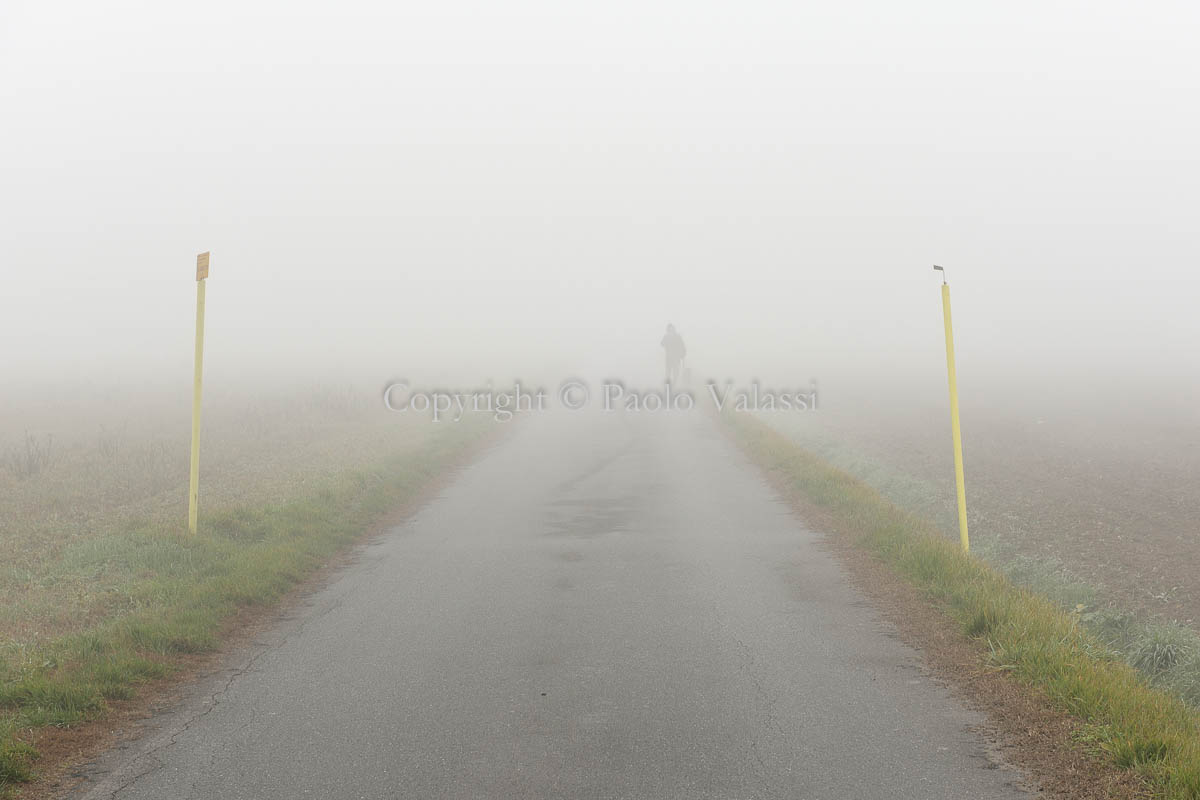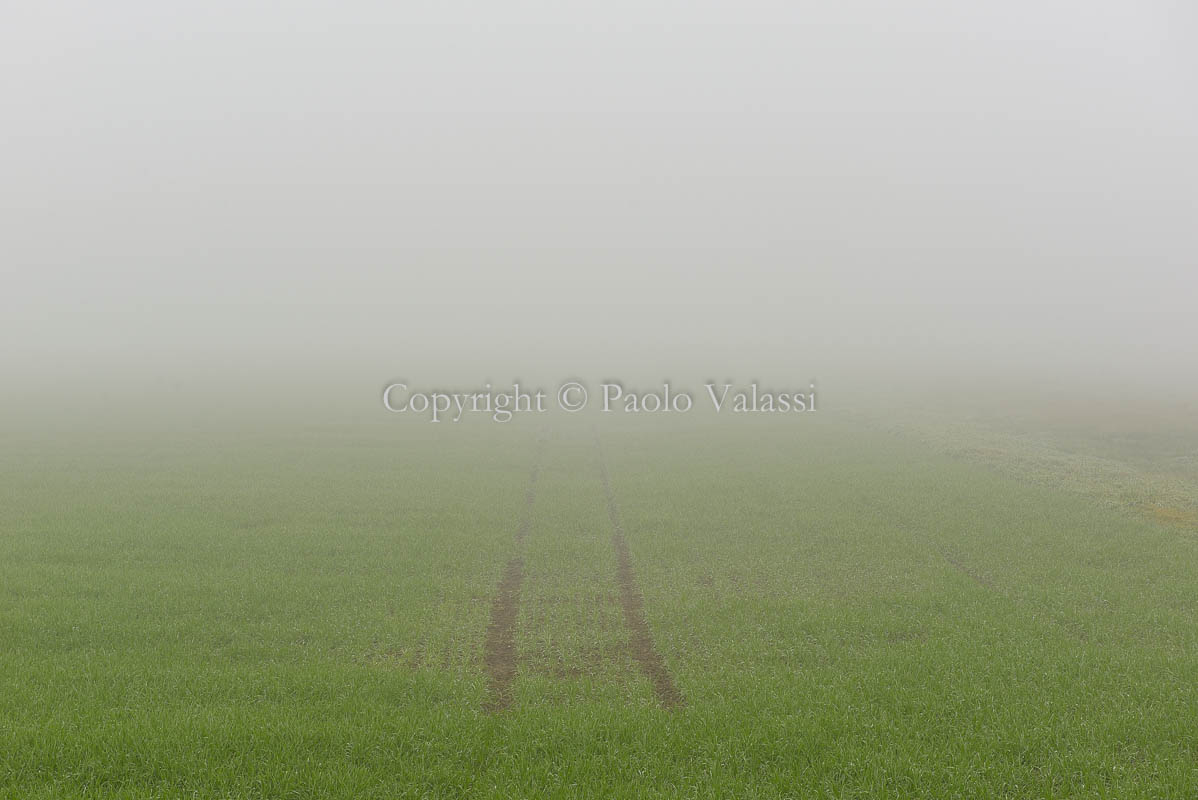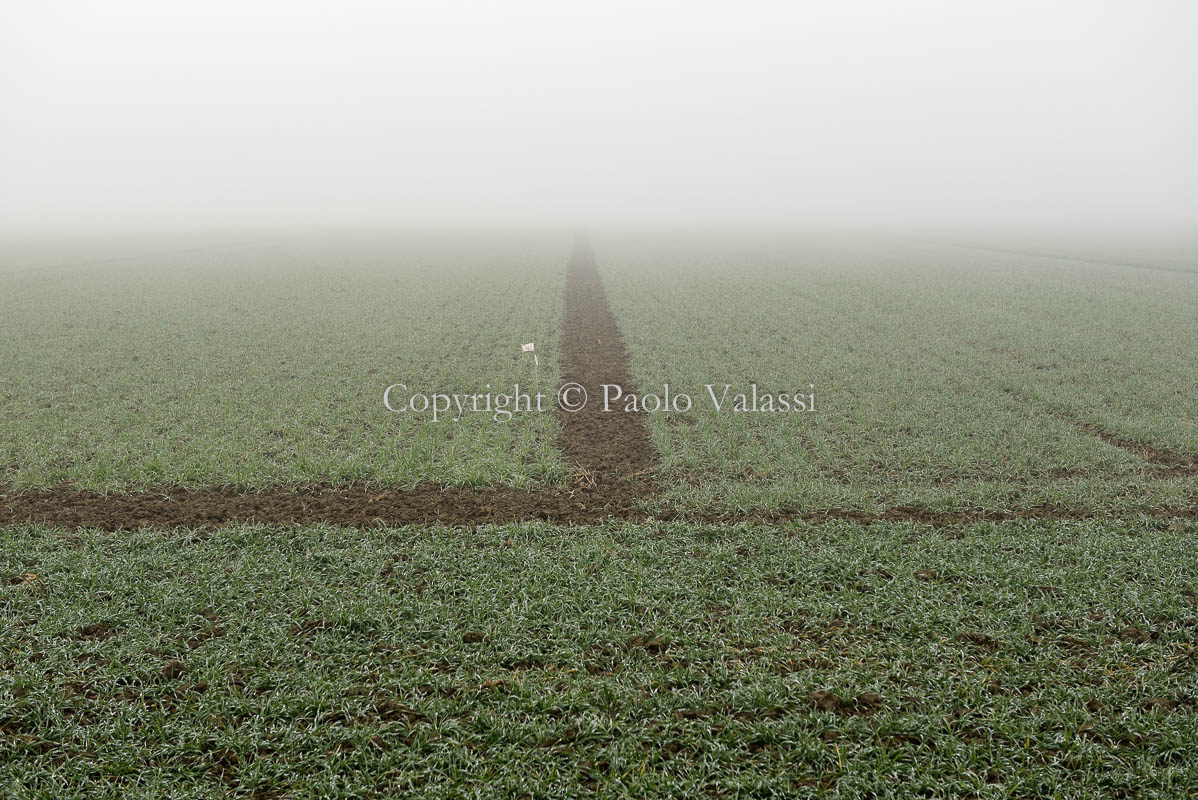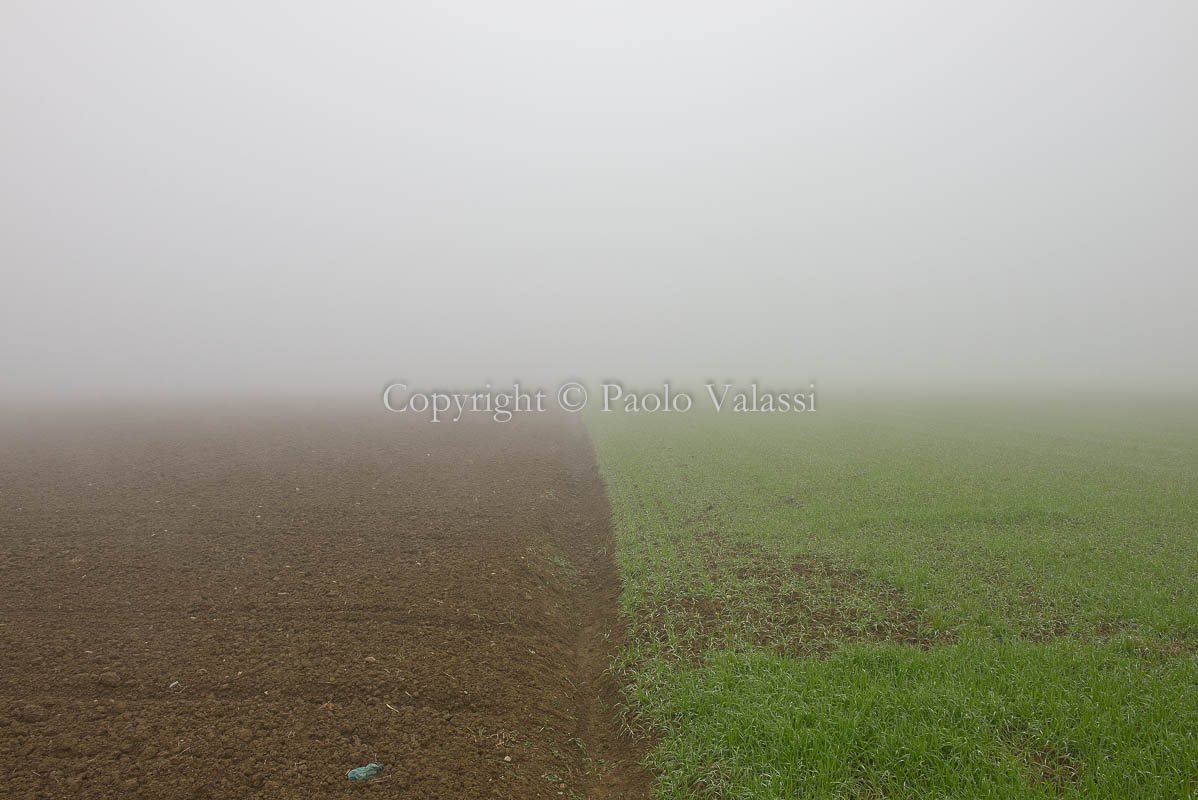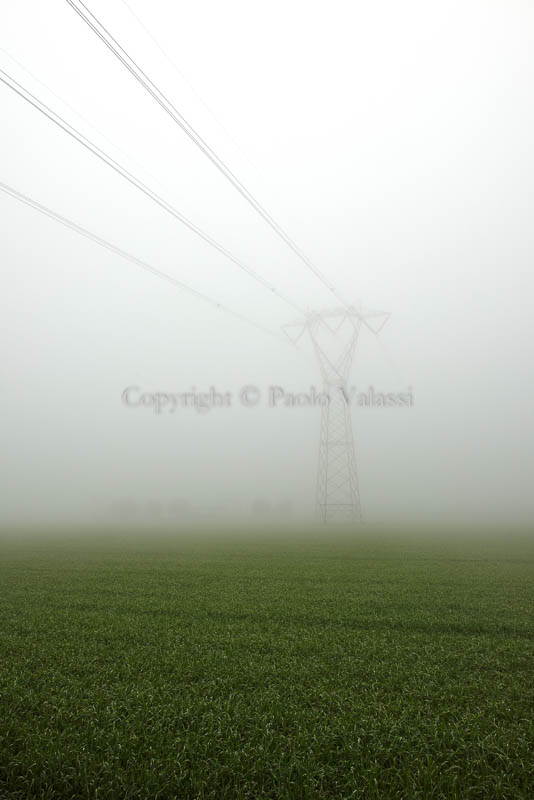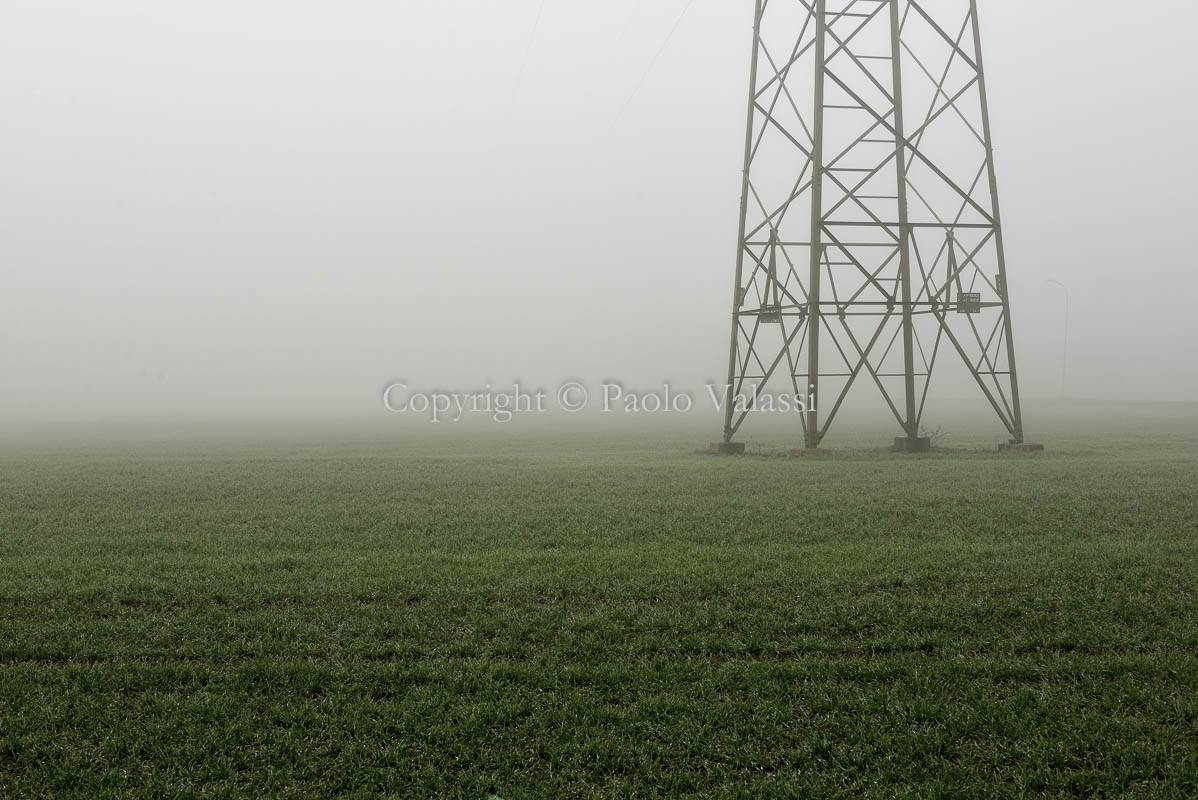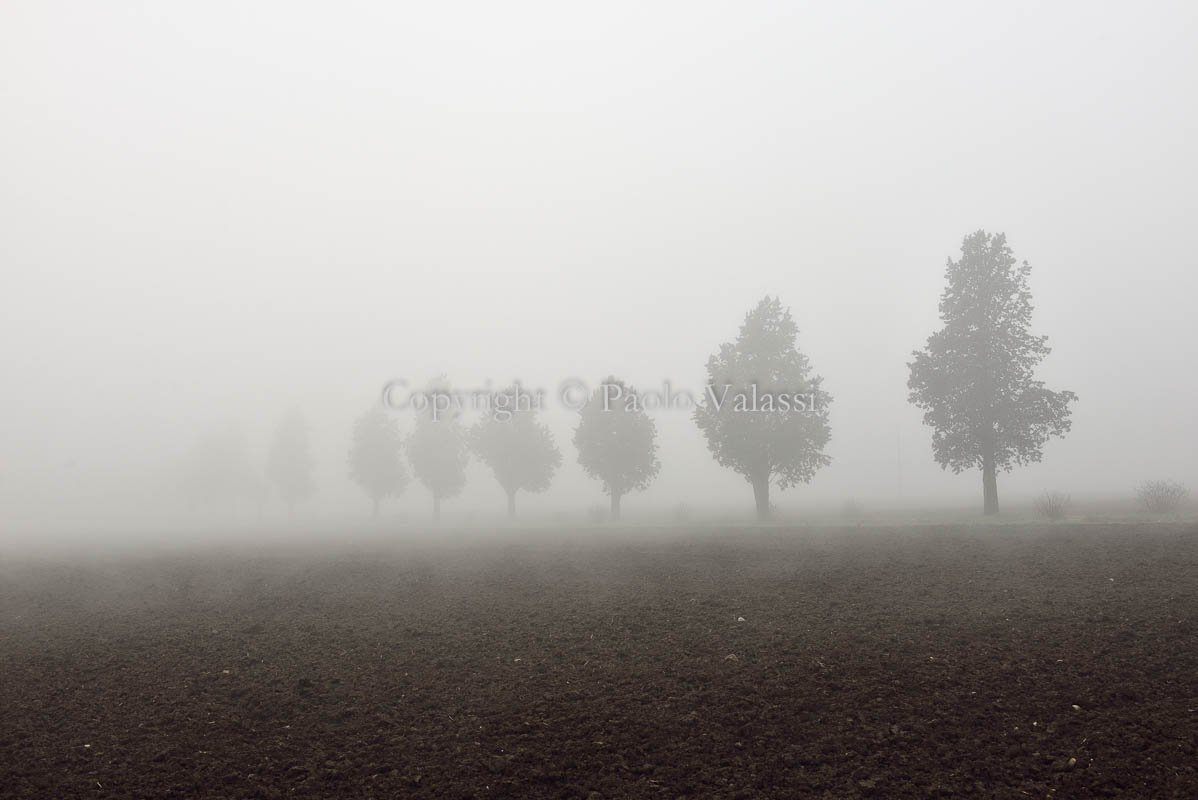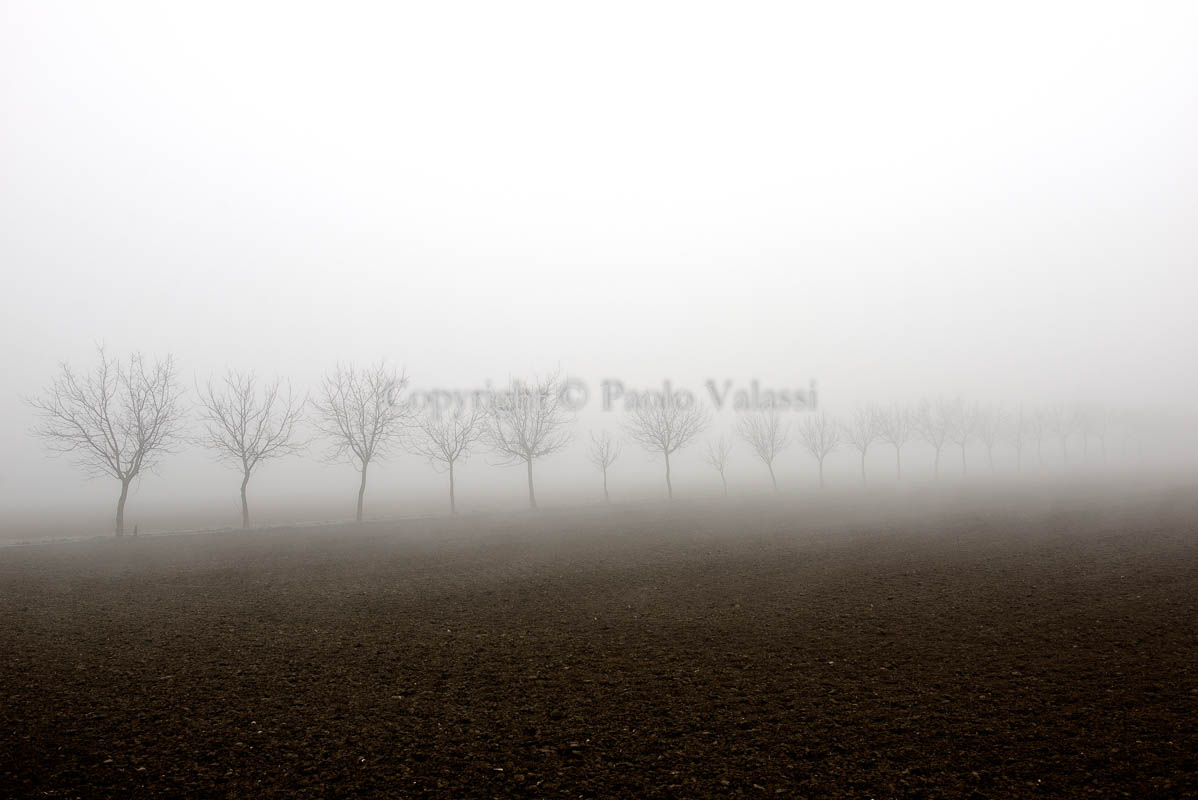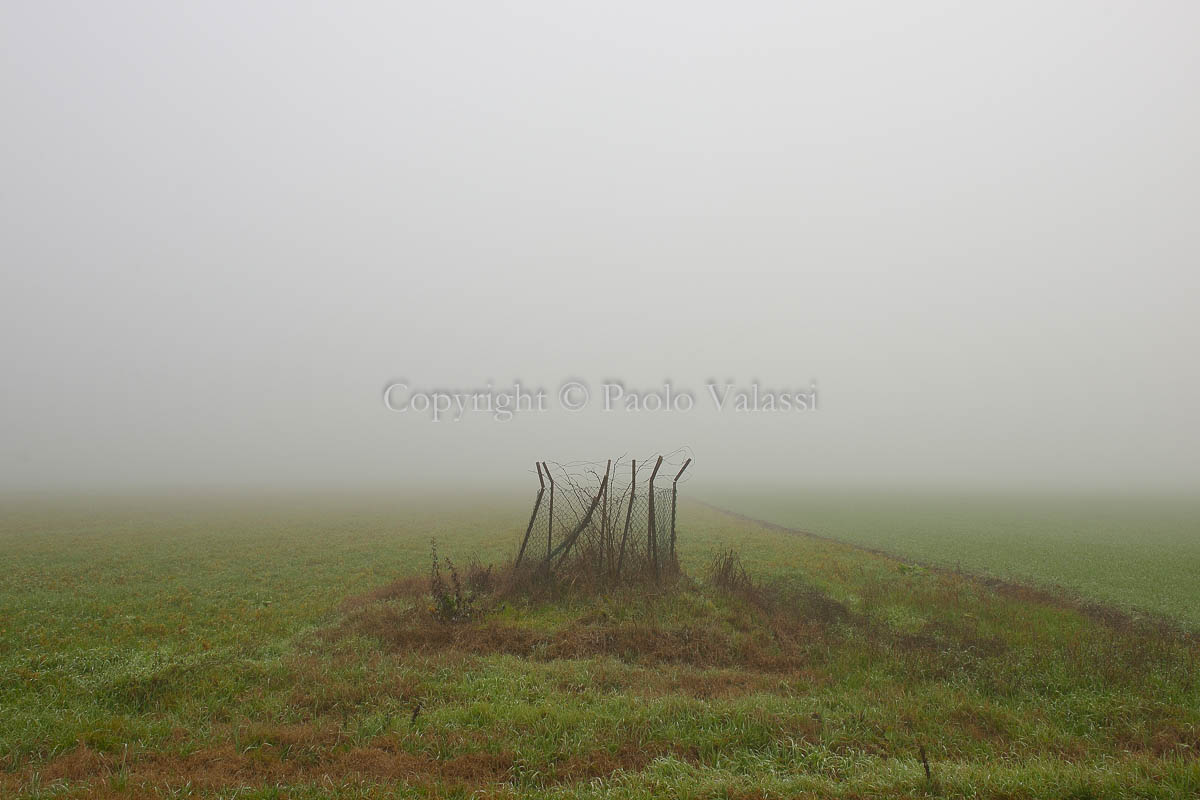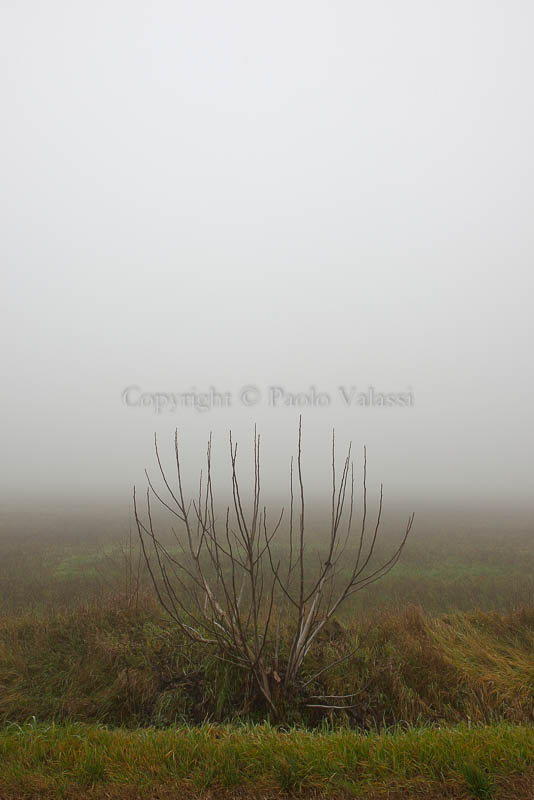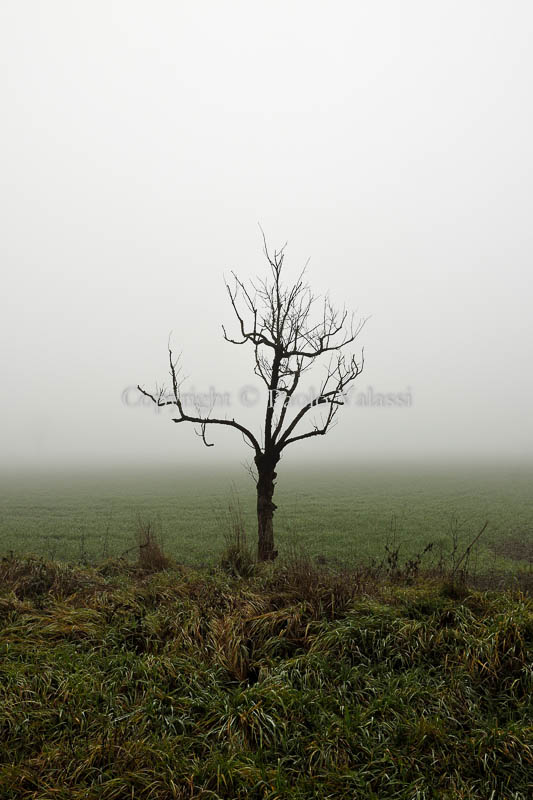Fog in the Po Valley - Italy
Fog in the Po Valley - Italy
Fog in the Po Valley - Italy
Fog in the Po Valley - Italy
Fog in the Po Valley - Italy
Fog in the Po Valley - Italy
Fog in the Po Valley - Italy
Fog in the Po Valley - Italy
Fog in the Po Valley - Italy
Fog in the Po Valley - Italy
Fog in the Po Valley - Italy
Fog in the Po Valley - Italy
Fog in the Po Valley - Italy
Fog in the Po Valley - Italy
Fog in the Po Valley - Italy
Fog in the Po Valley - Italy
Fog in the Po Valley - Italy
Fog in the Po Valley - Italy
Fog in the Po Valley - Italy
Fog in the Po Valley - Italy
Fog in the Po Valley - Italy
Fog in the Po Valley - Italy
Fog in the Po Valley - Italy
Fog in the Po Valley - Italy
Fog in the Po Valley - Italy
Fog in the Po Valley - Italy
Fog in the Po Valley - Italy
Fog in the Po Valley - Italy
Fog in the Po Valley - Italy
